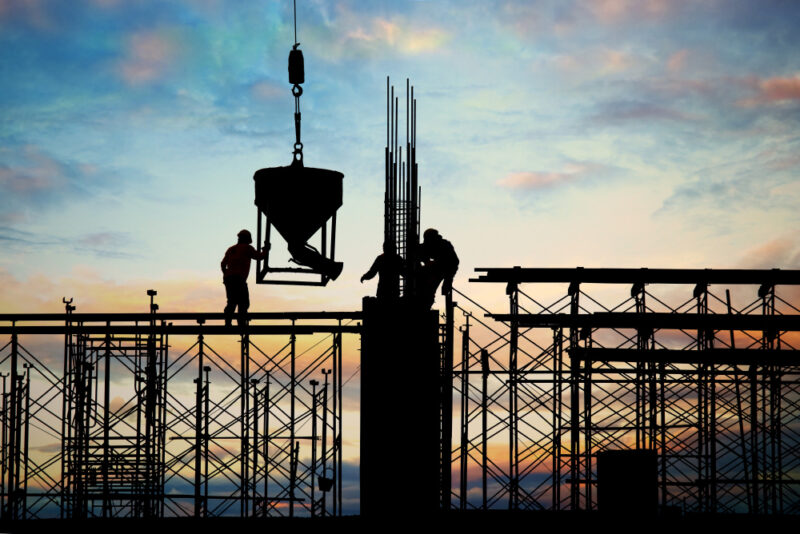Understanding the Environmental Impact Assessment (EIA) process is crucial for any individual or entity who are applying for a large-scale development project. This quick guide provides valuable insights into the process. Empowering applicants to navigate the world of EIAs, fulfill regulatory requirements and at the same time – minimising environmental impacts.
1. Untangle The Complexities Of The EIA Process
EIAs are complex processes, from Terms of Reference and Method Statements to Technical Studies, Coordinated Assessments, consultations and ERA/PA board hearings. The most crucial step to navigate the process is to engage reliable, experienced and trustworthy EIA consultants.
EIA consultants coordinate the entire process. We conduct thorough data analysis, modeling, and assessment, delivering reliable evaluations of potential environmental impacts. Experience is crucial to simplify the complicated procedure – this is why it is so important to choose EIA consultants carefully. Entrusting EIA to the most experienced consultants ensures a smooth process and grants applicants peace of mind.

2. Shortening Timeframes & Reducing Costs
EIAs can be lengthy and costly, especially if mismanaged. One way in which the EIA process can be shortened is by engaging EIA consultants at an early stage in the process. While the project is still on the drawing board. EIA consultants guide architects in making projects compliant with environmental regulations.
By involving EIA experts from the outset, we can help architects and developers identify and address potential environmental issues at an early stage. This proactive approach helps avoid redesign efforts later on in the process, which can disrupt timelines and increase expenses. Engaging EIA experts at an early stage ensures a short and smooth development application process.
3. Navigating Consultations
Throughout the EIA process, environmental document is regularly scrutinised through open consultation. Engaging with stakeholders and the public can be challenging, especially considering the large number of people involved. Including government agencies (for example ERA, Transport Malta, and EWA), environmental organisations, local councils, communities and most of all, the public.
Transparent discussions promote information flow and feedback throughout the EIA process. Regularly communicating with these entities and the public ensures that any environmental issues are flagged up at the earliest possible moment. Open communication, led by skilled EIA consultants, provides valuable insights and regulatory guidance to avoid unnecessary delays, streamline permits, and achieve sustainable outcomes.
4. Limited Alternatives And Mitigation

Applicants may feel constrained by limited viable alternatives or mitigation measures proposed during the EIA process. While wishing for more innovative and environmentally friendly options that align with their goals, they may struggle to find suitable alternatives.
By closely collaborating with architects and developers, EIA consultants such as AIS Environment identify mitigation measures that are both environmentally friendly and technically feasible. We ensure these measures align with regulatory requirements and industry best practices, providing developers with confidence in their implementation. This collaborative and vigilant process guarantees compliance with environmental regulations, striking a balance between development goals and environmental protection.
5. Integrating With Other Processes
Customers may find it difficult to integrate the EIA process with other permitting and approval processes, causing delays and inefficiencies. Such processes include pre-permit activities such as Appropriate Assessments and Nature Permits, as well as post-permit activities such as construction monitoring.
Streamlining coordination among different regulatory bodies could alleviate these issues. The easiest way to do this is to engage environmental consultants which can handle each phase of the project.
6. Ensuring Project Success
The EIA process can serve as a powerful tool to enhance project success. Through the procedure, developers can gain a comprehensive understanding of potential environmental impacts, allowing them to proactively address challenges and optimise project design.
Embracing the procedure as a collaborative opportunity will allow for better understanding of the ecological, social, and economic consequences of projects. In this way, allowing for effective decision-making and implementation of mitigation strategies.
For any individual or entity involved in development projects, understanding and effectively navigating the EIA process is essential for successful project implementation while minimising environmental impacts. By recognising the importance of EIAs, engaging with experienced EIA consultants and collaborating with stakeholders, applicants can achieve their project goals while upholding environmental sustainability goals.
The complex EIA process made simple!
